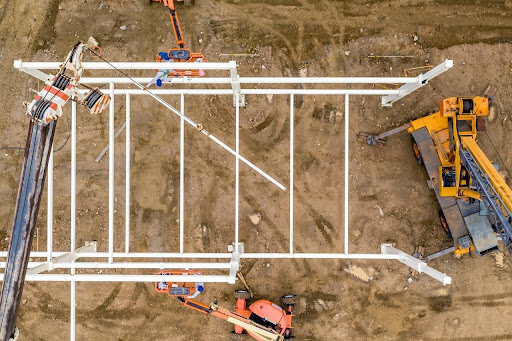Are you considering doing some site preparation around your home? Proper site preparation can save you time, effort and money in the long run if done correctly. However, it also pays to be mindful of the potential hazards that can occur when tackling such a project.
In this blog post, we’ll take a look at six important steps that need to be followed in order to ensure that your site preparation is up to code and conducted safely without any issues down the road.
From choosing the right location clearing the area, and stabilizing the soil conditions – these tips are must-follows if you want your project ran properly!
With these six important steps, you can ensure a successful construction project and avoid costly mistakes.
Choose the Right Location
The location of your construction project will determine its stability. Before construction, it’s important to consider the landscape, vegetation, access roads, and other site factors. A site with a flat surface and stable soil is ideal for your construction project.
The location should also have adequate drainage to avoid water accumulation during heavy rain. A mistake in choosing the right location can cause significant delays in the construction schedule, so take your time to choose the best location for your project.
De-Water the Site
Dewatering the site is important to remove excess water from the construction area. Excess water can undermine the structure’s foundation, weaken the soil, and cause other issues. You can use dewatering pumps or other methods to remove water from the site.
The best time to dewater the construction area is during the dry season when water levels are at their lowest.
Clear the Site
Clearing the site involves removing debris, rocks, plants, and trees from the intended work area. This step ensures a clear space for construction work to begin.
It’s important to remove all potential hazards from the site to ensure a safe working environment for all workers. Clearing the site also provides easy access to the site, which is crucial during the construction process.
Grade the Site
Grading the site involves leveling the ground surface with graders. This ensures a level surface that is ready for construction. Without grading, the construction site may be uneven, resulting in costly changes to the building process.
A level surface will prevent soil erosion and will provide adequate support for building foundations and infrastructure projects.
Stabilize Soil Conditions
Stabilizing the soil conditions involves using soil stabilizing solutions to ensure adequate support for building foundations and infrastructure projects. Soil stabilization can prevent soil erosion, soil slump, and soil heave.
Soil stabilization can also prevent water from accumulating under the structure, which can cause fungal growth and decay.
Install Erosion Control Measures
Construction processes can contribute to soil erosion, which can have harmful effects on the environment. It’s important to install erosion control measures to prevent soil erosion during the construction process.
Erosion control measures include the use of barriers such as silt fences or erosion blankets around the perimeter of your construction site. These barriers will prevent soil and sediment from being carried away by wind or water.
